Choosing the best application deployment tool depends on your project’s size, infrastructure, team skills, and CI/CD strategy. So instead of declaring one universal winner, I’ll break down the top tools by use case—so you can match your needs to the right solution.
Let’s dive in.
What Is an Application Deployment Tool?
First, let's clarify: application deployment tools help developers push code changes from local environments into production. These tools automate everything from code packaging and server provisioning to container orchestration and monitoring.
Deployment tools matter because they:
- Reduce human error
- Speed up release cycles
- Improve rollback and recovery
- Support version control and reproducibility
Best Deployment Tools
1. GitHub Actions – Best for Git-based CI/CD
If you're already on GitHub, GitHub Actions is the smoothest way to integrate CI/CD into your workflow.
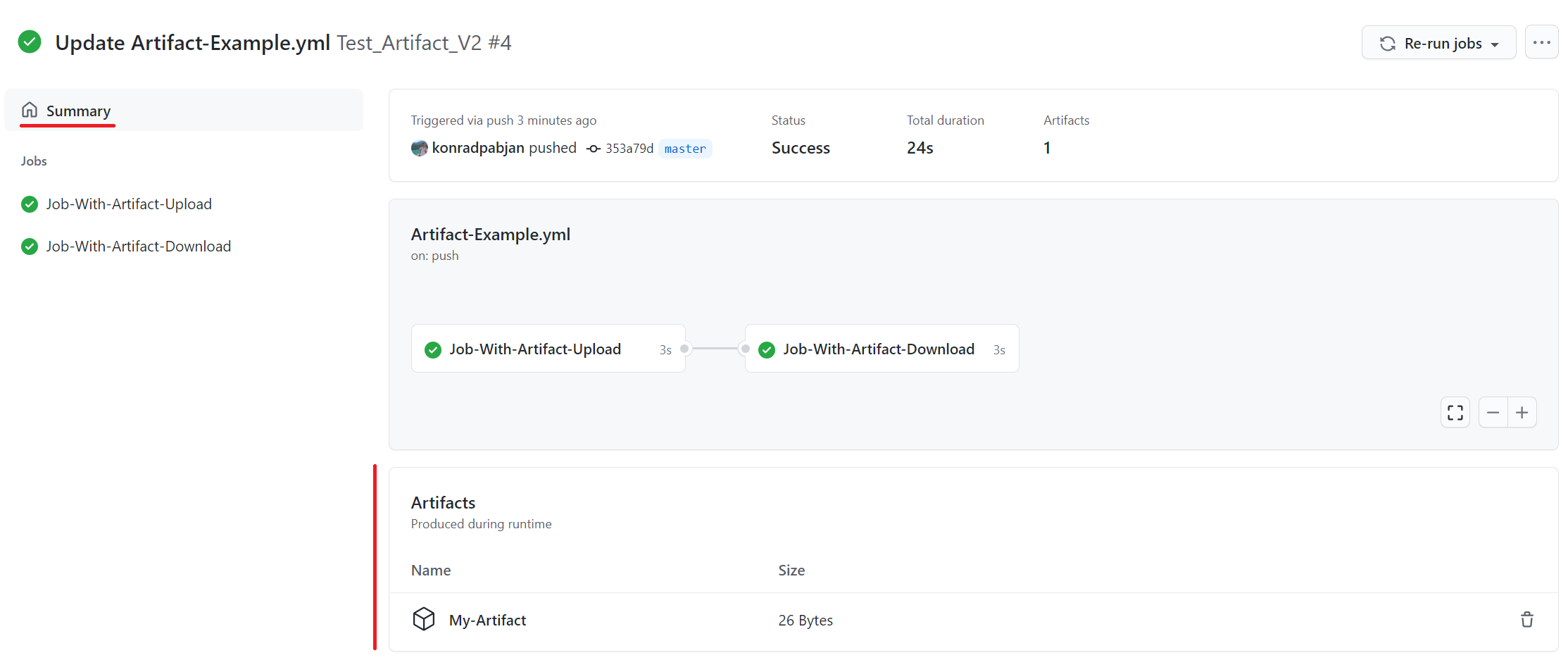
Why it's great:
- Native GitHub integration
- Supports containers, VMs, and cloud providers
- Huge library of pre-built Actions
- YAML-based workflow definition
Use Case: Automating deployments for web apps, microservices, or containers from GitHub repos.
2. Jenkins – Best for Full Customization and Control
Jenkins has been around for years—and it's still popular for teams needing complex, customizable pipelines.
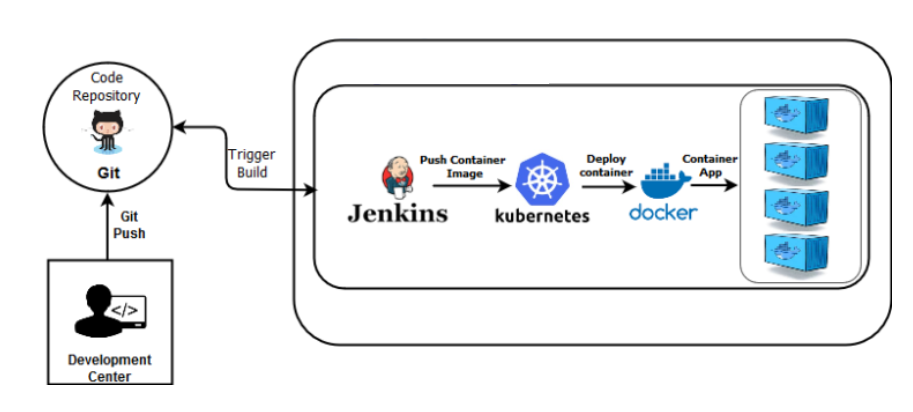
Why it's great:
- Completely open-source
- Massive plugin ecosystem
- Strong community support
Drawbacks:
- Steeper learning curve
- Requires manual server setup
Use Case: Enterprises needing deep CI/CD customization or plugin-specific workflows.
3. Docker + Kubernetes – Best for Containerized Deployments
If your app is containerized, Docker and Kubernetes are the gold standard.

Why it's great:
- Scalability and orchestration at scale
- Works across cloud providers (GKE, EKS, AKS)
- Declarative deployments with YAML/Helm
Use Case: Microservices, scalable web applications, or multi-cloud deployments.
4. AWS CodeDeploy – Best for AWS-Centric Workflows
Already invested in AWS? CodeDeploy makes it seamless to deploy apps to EC2, Lambda, and ECS.
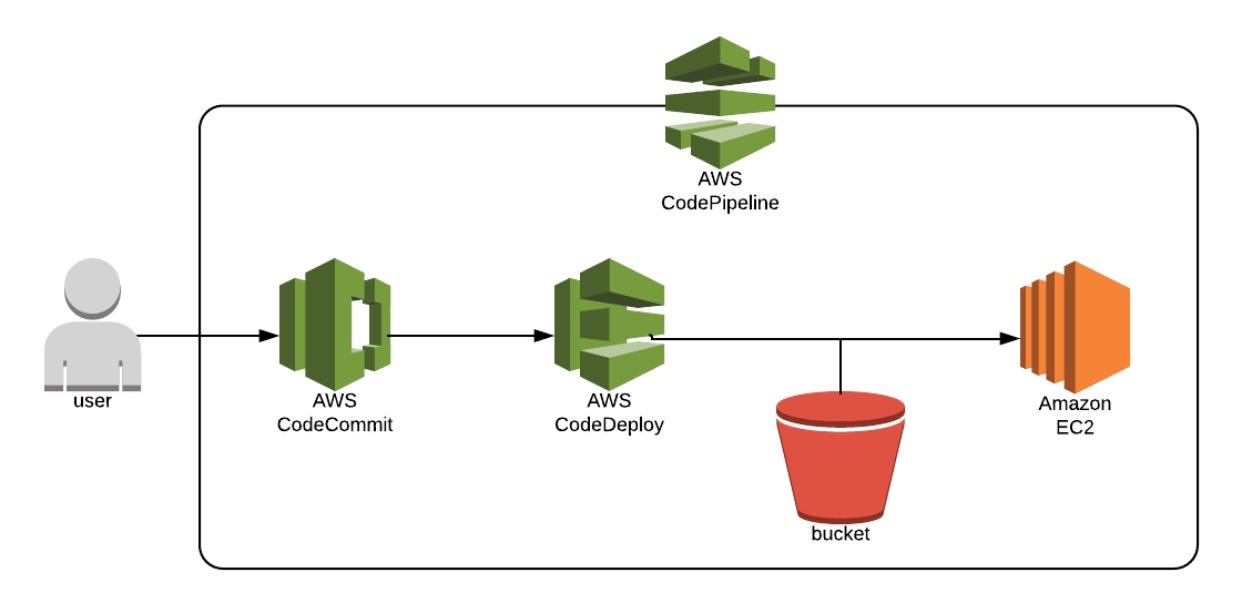
Why it's great:
- Fully managed
- Native AWS integration
- Works with GitHub, CodePipeline, or Jenkins
Use Case: Teams deploying to AWS infrastructure with an existing DevOps toolchain.
5. Argo CD – Best for GitOps with Kubernetes
Argo CD is purpose-built for declarative GitOps workflows using Kubernetes.
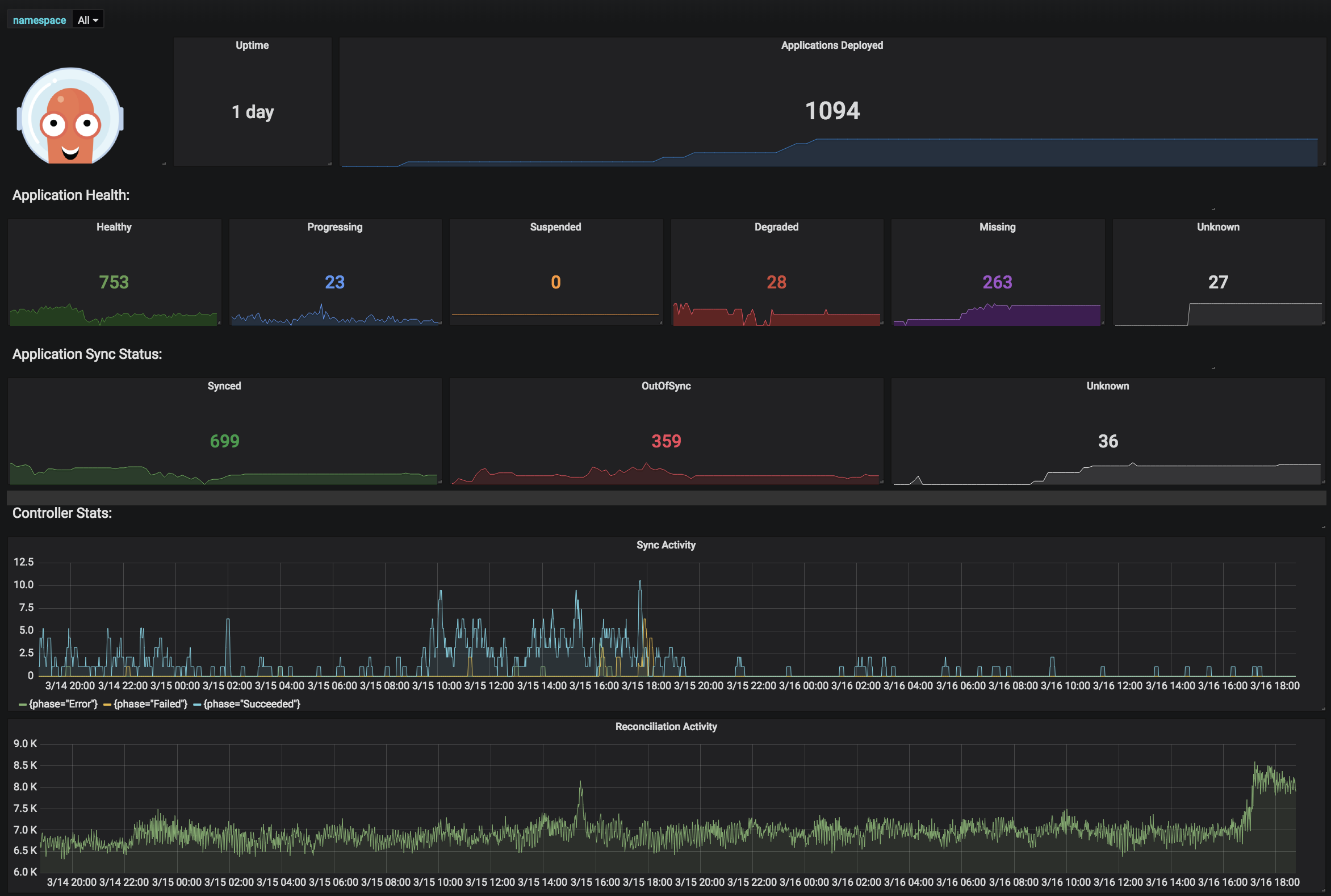
Why it's great:
- Syncs cluster state with Git
- Visual dashboard
- Supports Helm, Kustomize, and plain YAML
Use Case: GitOps-based deployments for Kubernetes clusters.
6. Capistrano – Best for Ruby and Rails Projects
Capistrano is a remote server automation tool written in Ruby. If you're deploying Rails apps, it's worth a look.

Why it's great:
- SSH-based deployment
- Simple task definitions
- Supports rollback
Use Case: Rails apps and simple web app deployments on traditional servers.
7. Octopus Deploy – Best for .NET and Windows Environments
Octopus Deploy is built for enterprise-grade Windows and .NET deployments.
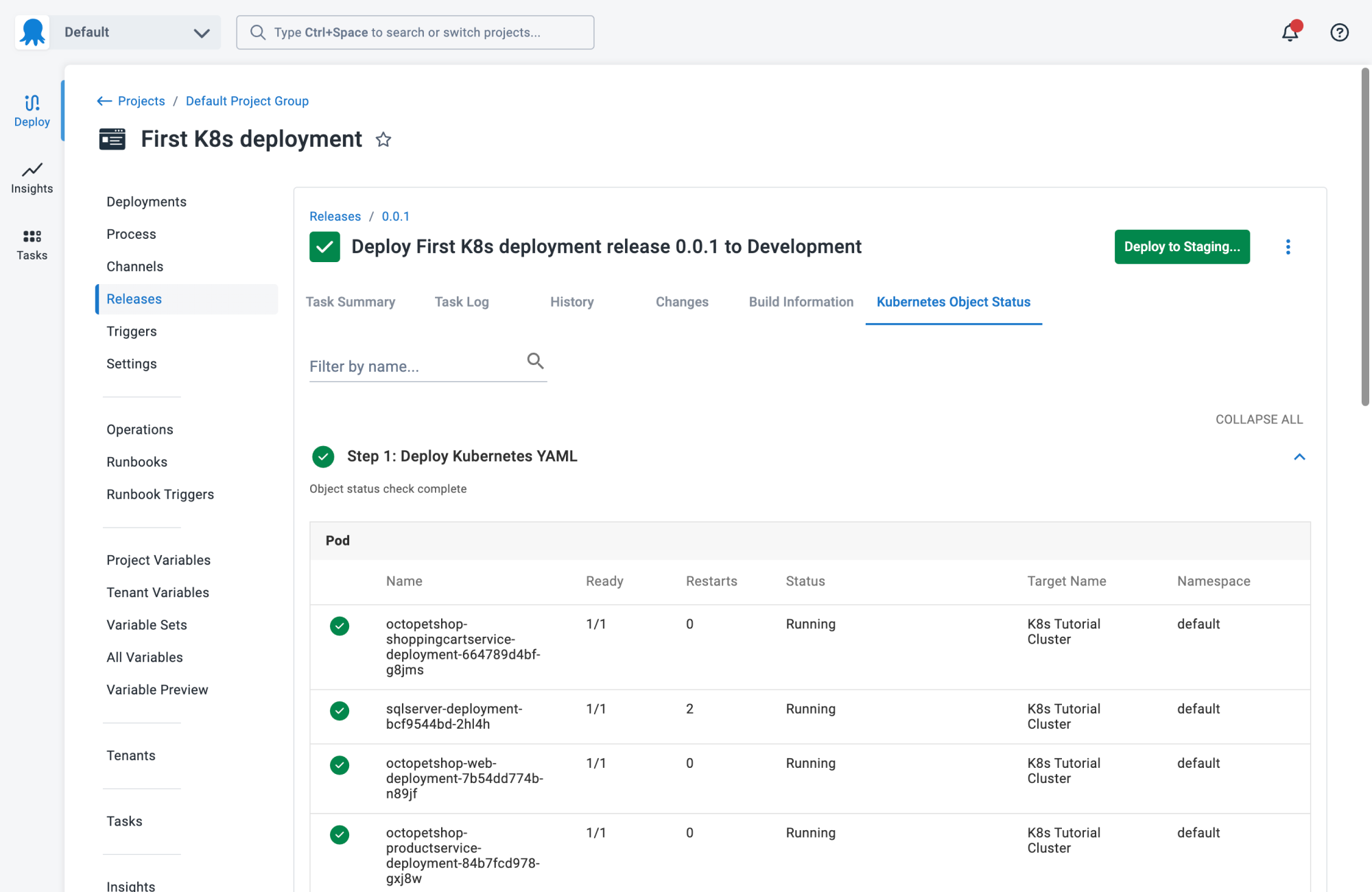
Why it's great:
- Visual pipeline editor
- Supports on-prem and cloud
- Strong secrets management
Use Case: Windows server apps, .NET apps, hybrid cloud deployments.
8. Terraform + Ansible – Best for Infrastructure + App Deployment Combo
Pairing Terraform (for provisioning) and Ansible (for configuration and deployment) gives you full-stack control.
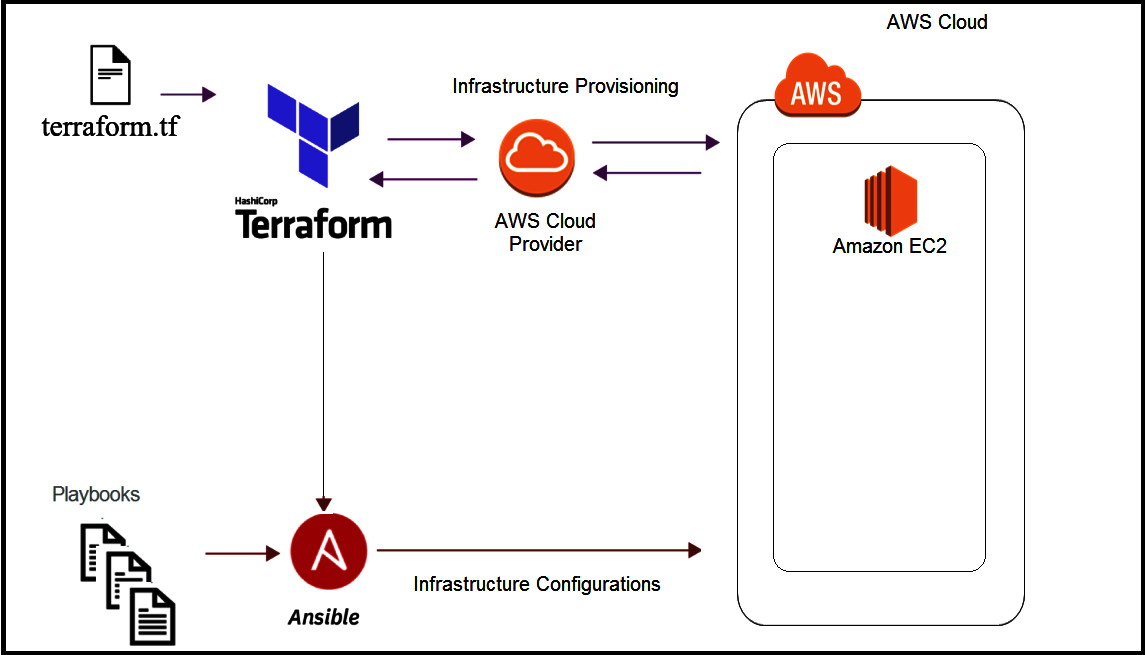
Why it's great:
- Infrastructure-as-code
- Highly customizable
- Reusable modules and playbooks
Use Case: Complex, multi-layer infrastructure with strict compliance requirements.
9. CircleCI – Best for Fast, Parallel Pipelines
CircleCI offers high-performance CI/CD pipelines with a focus on speed and Docker support.
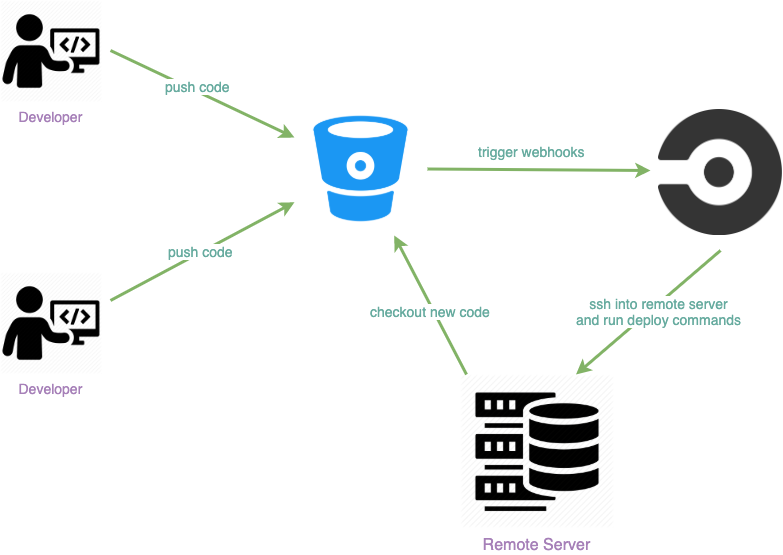
Why it's great:
- Highly optimized for Docker
- Scalable concurrency
- Free tier with generous limits
Use Case: Fast-moving teams deploying frequently with container workflows.
10. Vercel – Best for Frontend Frameworks (Next.js, React, etc.)
Vercel makes frontend deployment almost frictionless.
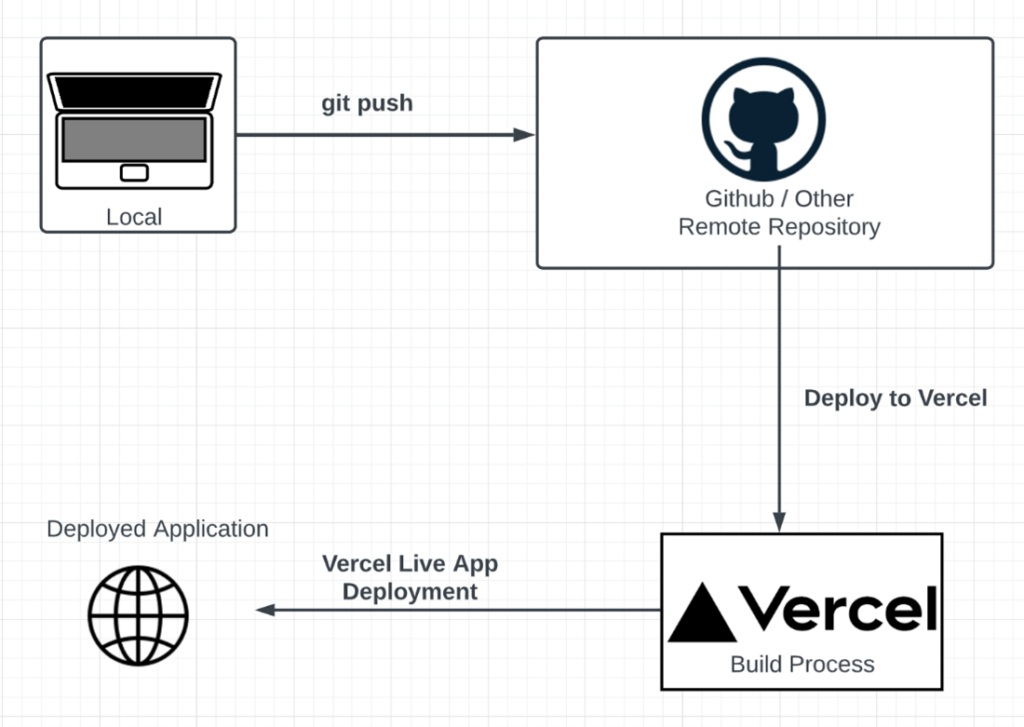
Why it's great:
- Zero-config deployment
- Instant rollbacks
- Built-in edge CDN
Use Case: React, Next.js, Vue, or SvelteKit apps with a focus on frontend delivery.
Comparison Table
| Tool | Best For | Cloud/On-Prem | Learning Curve | Free Tier |
|---|---|---|---|---|
| GitHub Actions | GitHub CI/CD | Cloud | Low | ✅ |
| Jenkins | Custom pipelines | On-Prem | High | ✅ |
| Kubernetes | Orchestration | Cloud/Hybrid | High | ✅ |
| AWS CodeDeploy | AWS integration | Cloud | Medium | ✅ |
| Argo CD | GitOps/K8s | Cloud/On-Prem | Medium | ✅ |
| Capistrano | Ruby apps | On-Prem | Low | ✅ |
| Octopus Deploy | Windows/.NET | Cloud/On-Prem | Medium | ❌ |
| Terraform+Ansible | Infra + App Mgmt | Cloud/On-Prem | High | ✅ |
| CircleCI | Speed/Containers | Cloud | Low | ✅ |
| Vercel | Frontend frameworks | Cloud | Very Low | ✅ |
Final Thoughts
There’s no one-size-fits-all answer. But here’s a rule of thumb:
- Frontend apps: Vercel or Netlify
- Containerized apps: GitHub Actions + Docker + Kubernetes
- Infrastructure-heavy apps: Terraform + Ansible
- Enterprise/Windows apps: Octopus Deploy
- GitOps workflows: Argo CD
Post Comment
Be the first to post comment!





